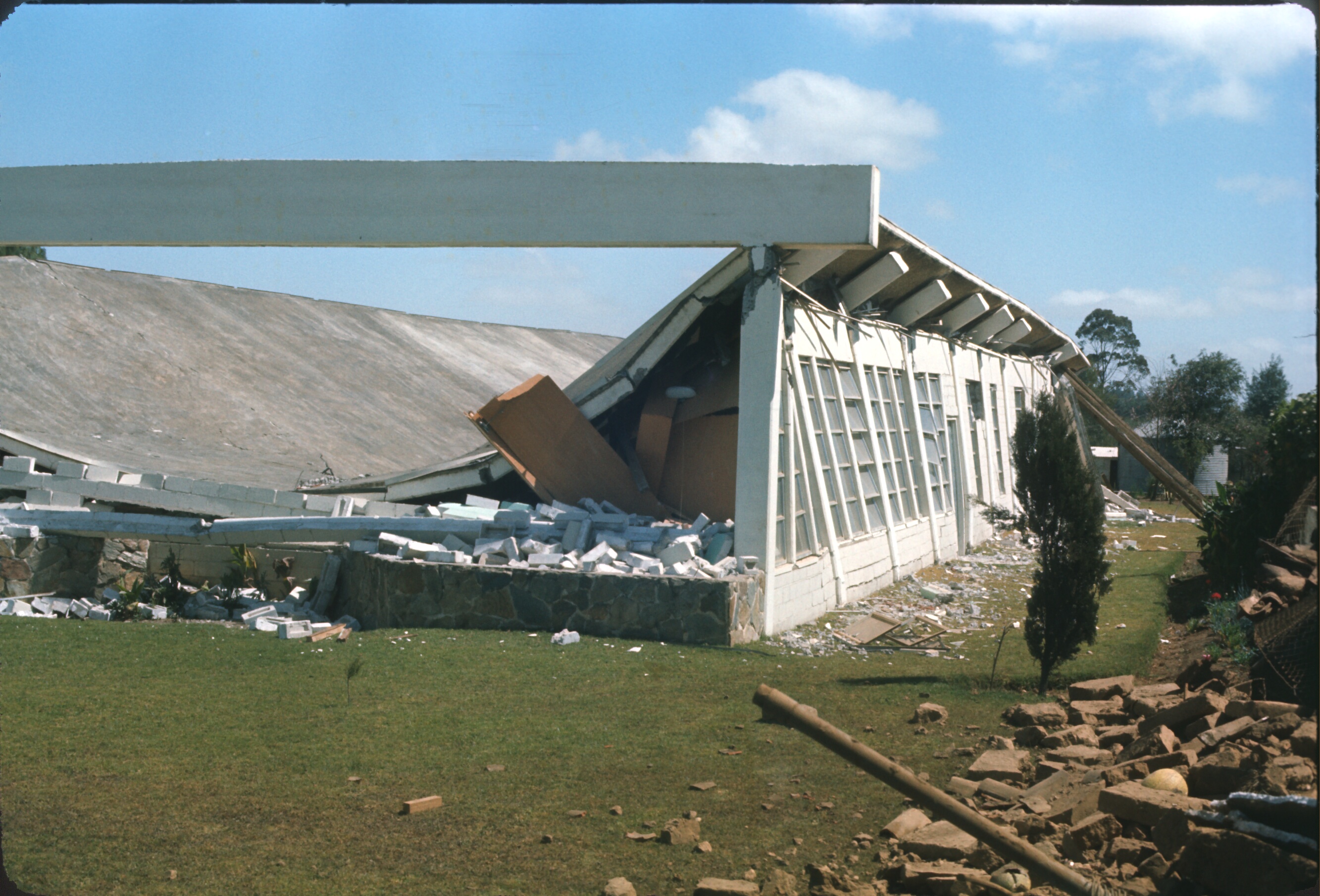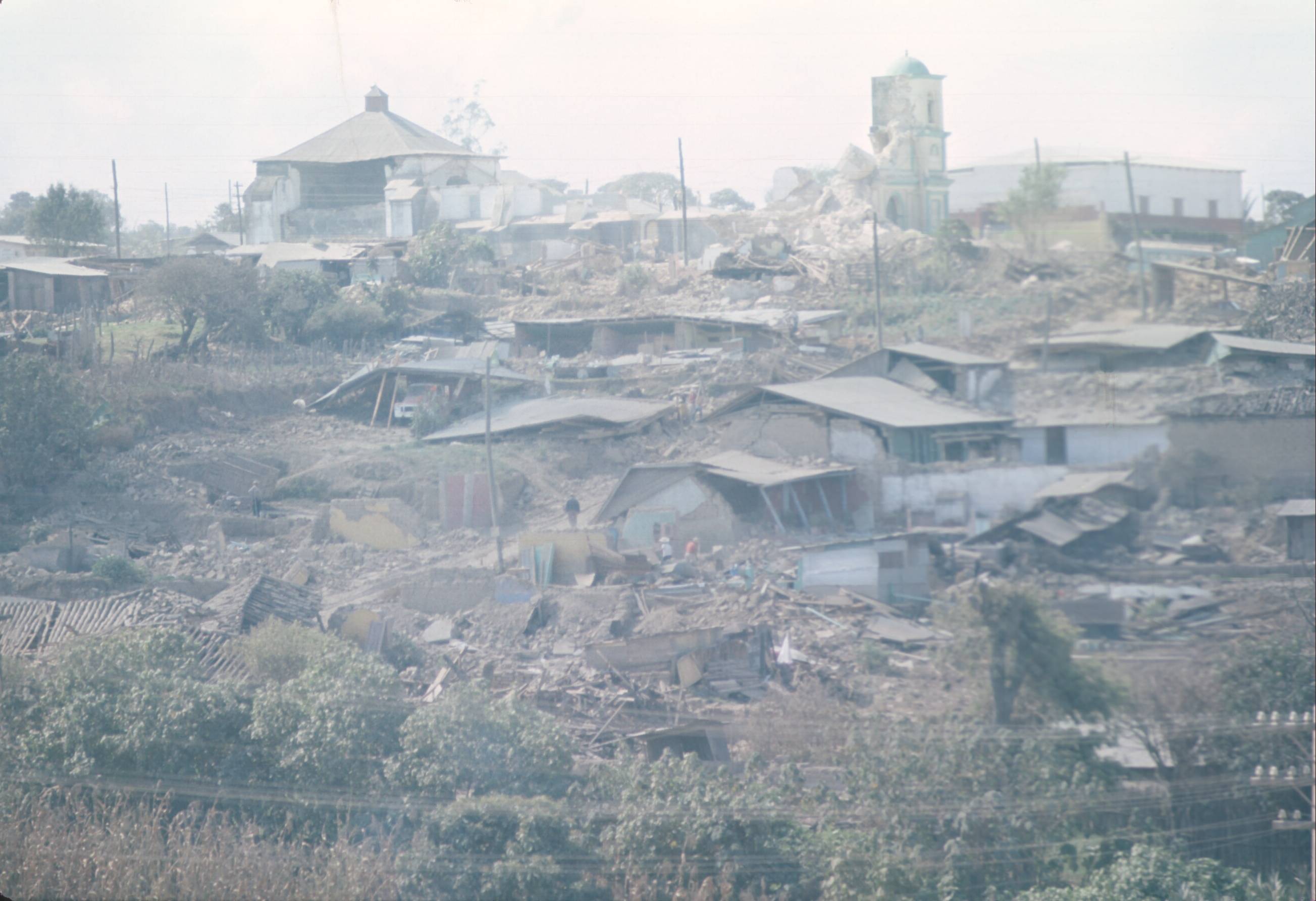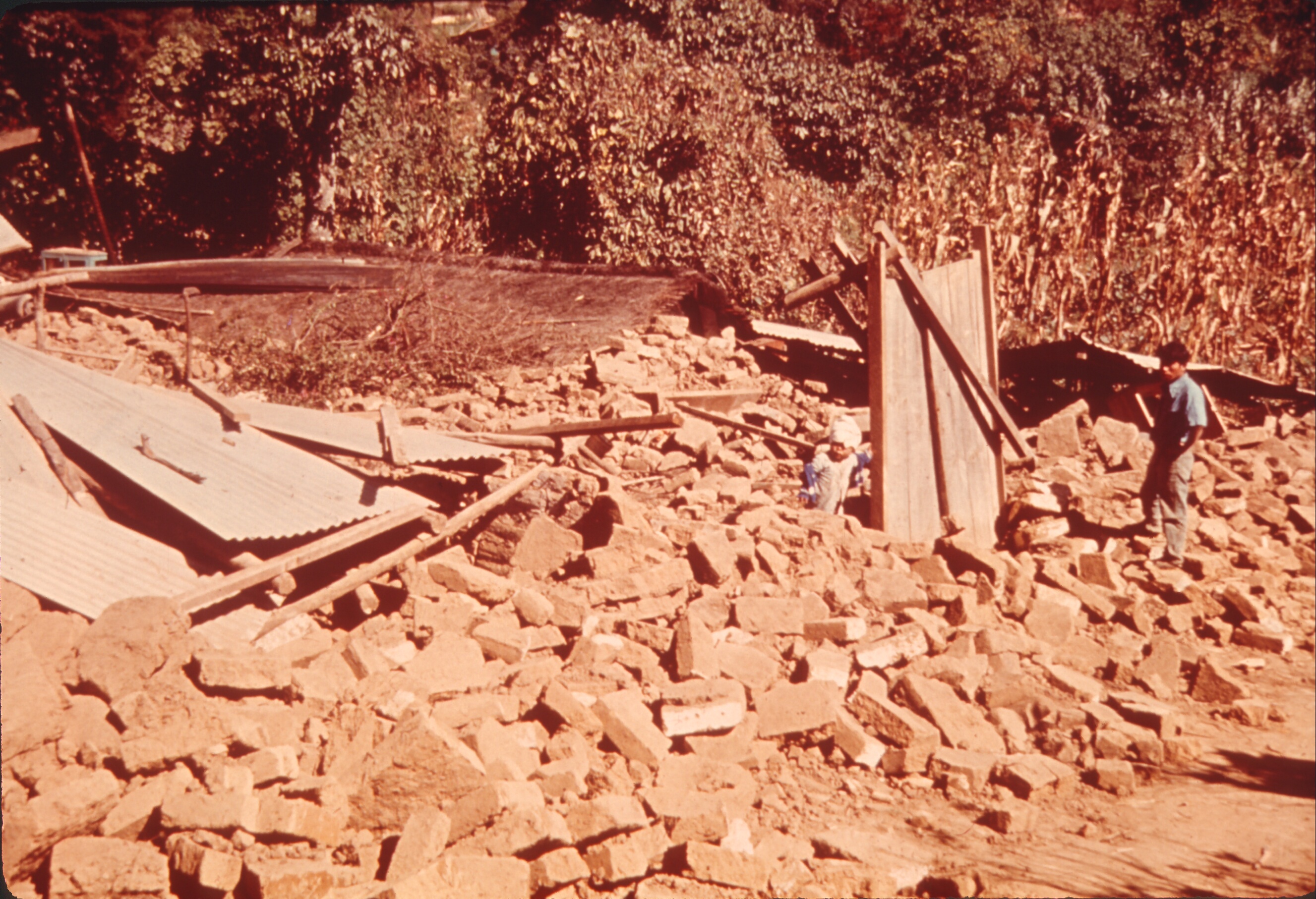Hey there, folks! If you've landed on this page, chances are you're trying to get the scoop on the massive 7.5 earthquake that just hit Guatemala today. This isn’t just another tremor; it’s a significant event that’s already making global headlines. So, buckle up because we’re diving deep into what happened, why it matters, and what you need to do if you’re affected or just plain curious about the situation.
Earthquakes can strike anytime, anywhere, and today's 7.5 quake in Guatemala is a stark reminder of nature’s unpredictability. The numbers might sound scary, but understanding what they mean and staying informed is key to staying safe. Whether you're in Guatemala or just following the news from afar, this article has got you covered.
Before we jump into the details, let’s set the stage. Guatemala, nestled in Central America, sits right on top of some very active fault lines. That means it’s no stranger to seismic activity. But a 7.5 earthquake? That’s a whole other level of intensity. Let’s break it down so you know exactly what’s going on.
- Movierulz Tamil 2025 The Ultimate Guide To Staying Safe And Informed
- Moviesda 2023 Your Ultimate Guide To The Latest Movie Downloads And Streaming
Understanding the Magnitude: What Does 7.5 Mean?
When scientists talk about a 7.5 earthquake, they're referring to the Richter scale, which measures the energy released during a quake. To put it in perspective, a 7.5 earthquake is roughly 31 times more powerful than a 6.5 quake. Crazy, right? And that’s not even the half of it. The effects of such a powerful quake can be devastating, causing widespread damage and even loss of life.
But here’s the thing: not all quakes are created equal. While the magnitude tells us how strong the quake is, other factors like depth and location play a huge role in determining the impact. For example, if the epicenter is deep underground or far from populated areas, the damage might be less severe. But in this case, the quake hit close to populated regions, making it a real concern for locals and authorities alike.
Where Did the Earthquake Strike?
The epicenter of today’s quake was recorded near the Pacific coast of Guatemala, a region known for its volcanic activity and seismic instability. This area is part of the so-called "Ring of Fire," a zone around the Pacific Ocean where most of the world’s earthquakes and volcanic eruptions occur. Scientists have been monitoring this region closely, but predicting exactly when and where a quake will strike is still a bit of a guessing game.
- Why Filmywapin Is A Big Deal In The Movie Streaming World
- Movierulz Hindi Your Ultimate Guide To Hindi Movies
For those living in or near the affected areas, the quake likely felt like the earth itself was breathing heavily beneath their feet. Buildings swayed, windows shattered, and power outages were reported almost immediately. The impact on infrastructure and daily life is still being assessed, but early reports suggest significant damage in several regions.
Impact on Major Cities
Guatemala City, the capital and largest city, wasn’t spared from the quake’s wrath. While it wasn’t directly at the epicenter, the tremors were strong enough to rattle nerves and cause panic among residents. Emergency services are already on high alert, and rescue operations are underway to assess the damage and assist those in need.
Other cities like Quetzaltenango and Escuintla also reported feeling the quake, with varying degrees of impact. The situation is fluid, and updates are coming in fast, so keeping an eye on local news outlets is crucial for anyone in the area.
Why Are Earthquakes So Common in Guatemala?
Guatemala’s location makes it a hotspot for seismic activity. The country sits at the intersection of three tectonic plates: the Cocos Plate, the Caribbean Plate, and the North American Plate. These plates are constantly moving, and when they collide or shift, it results in earthquakes.
Here’s a quick breakdown of why Guatemala is so prone to quakes:
- Tectonic Plate Boundaries: Guatemala is right on the edge of the Cocos Plate, which is subducting beneath the Caribbean Plate. This subduction zone is a major source of seismic activity.
- Volcanic Activity: The same tectonic forces that cause earthquakes also fuel Guatemala’s many volcanoes, adding another layer of geological complexity.
- Historical Precedent: Over the years, Guatemala has experienced several major earthquakes, including the devastating 7.5 quake in 1976 that killed thousands.
What Are the Immediate Effects of the Quake?
The aftermath of a 7.5 earthquake is nothing short of chaotic. In the hours following the quake, residents and authorities are racing against the clock to assess the damage and provide aid. Here’s what we know so far:
Structural Damage
Buildings, bridges, and roads have all taken a hit. In some areas, entire structures have collapsed, leaving residents homeless and in urgent need of shelter. Emergency responders are working tirelessly to clear debris and ensure safe passage for rescue teams.
Power and Communication Outages
Power lines and communication networks have been severely disrupted, making it difficult for people to stay connected. This is a major challenge for both rescue efforts and those trying to reach loved ones. Authorities are urging people to conserve battery power and use alternative means of communication, like text messages, to avoid overloading the network.
How Are Authorities Responding?
The Guatemalan government, along with international aid organizations, has quickly mobilized resources to address the crisis. Emergency shelters have been set up, and food and water supplies are being distributed to affected communities. Rescue teams are combing through rubble in search of survivors, and medical personnel are treating the injured.
Here’s a snapshot of the response efforts:
- Government Action: President Alejandro Giammattei has declared a state of emergency, allowing for the allocation of additional funds and resources to affected areas.
- International Aid: Organizations like the Red Cross and UN agencies are already on the ground, providing critical support to local authorities.
- Community Efforts: Local communities are coming together to help each other, sharing supplies and offering shelter to those in need.
What Can You Do to Help?
If you’re not directly affected by the quake but still want to make a difference, there are plenty of ways to help. Donating to reputable organizations like the Red Cross or Save the Children can provide much-needed funds for relief efforts. Additionally, spreading awareness on social media can help bring attention to the situation and encourage others to contribute.
Here are a few tips for those looking to assist:
- Research before donating to ensure your money is going to a legitimate organization.
- Consider volunteering if you have skills that can be useful in disaster relief efforts.
- Stay informed about the situation and share updates with your network to keep the conversation going.
Staying Safe During an Earthquake
Whether you’re in Guatemala or just preparing for the worst, knowing how to stay safe during an earthquake is crucial. Here are some tips to keep in mind:
During the Quake
If you’re indoors, drop to the ground, take cover under a sturdy piece of furniture, and hold on until the shaking stops. Avoid windows, glass doors, and heavy objects that could fall. If you’re outside, move to an open area away from buildings, trees, and power lines.
After the Quake
Once the shaking stops, check yourself and others for injuries. Be cautious of aftershocks, which can cause further damage. Stay informed through official channels and follow instructions from local authorities.
Long-Term Implications of the Quake
While the immediate effects of the quake are devastating, the long-term implications could be even more challenging. Rebuilding infrastructure, providing support to displaced families, and addressing economic losses will take time and resources. The psychological impact on survivors can also be significant, requiring ongoing mental health support.
History has shown us that recovery from major earthquakes is a marathon, not a sprint. It requires collaboration between governments, organizations, and communities to ensure that everyone affected gets the help they need.
What Does the Future Hold for Guatemala?
Guatemala has faced its share of natural disasters, and each time, the resilience of its people has shone through. While today’s quake is a sobering reminder of the forces of nature, it also presents an opportunity to strengthen preparedness and response strategies.
Here’s what we can expect moving forward:
- Increased investment in earthquake-resistant infrastructure.
- Enhanced early warning systems to give residents more time to prepare.
- Community education programs to ensure everyone knows what to do during a quake.
Conclusion: Staying Informed and Prepared
Today’s 7.5 earthquake in Guatemala is a stark reminder of the power and unpredictability of nature. While the immediate focus is on rescue and relief efforts, the long-term recovery process will require sustained support from everyone involved. By staying informed and prepared, we can all play a part in helping Guatemala rebuild and thrive.
So, what’s next? If you’re in the affected area, follow local guidelines and stay safe. If you’re elsewhere, consider donating to reputable organizations or spreading awareness about the situation. Together, we can make a difference in the lives of those affected by this tragedy.
And hey, don’t forget to share this article with your friends and family. Knowledge is power, and the more people who know about what’s happening, the better equipped we all are to handle whatever comes our way.
Table of Contents
- Understanding the Magnitude: What Does 7.5 Mean?
- Where Did the Earthquake Strike?
- Why Are Earthquakes So Common in Guatemala?
- What Are the Immediate Effects of the Quake?
- How Are Authorities Responding?
- What Can You Do to Help?
- Staying Safe During an Earthquake
- Long-Term Implications of the Quake
- What Does the Future Hold for Guatemala?
- Conclusion: Staying Informed and Prepared



